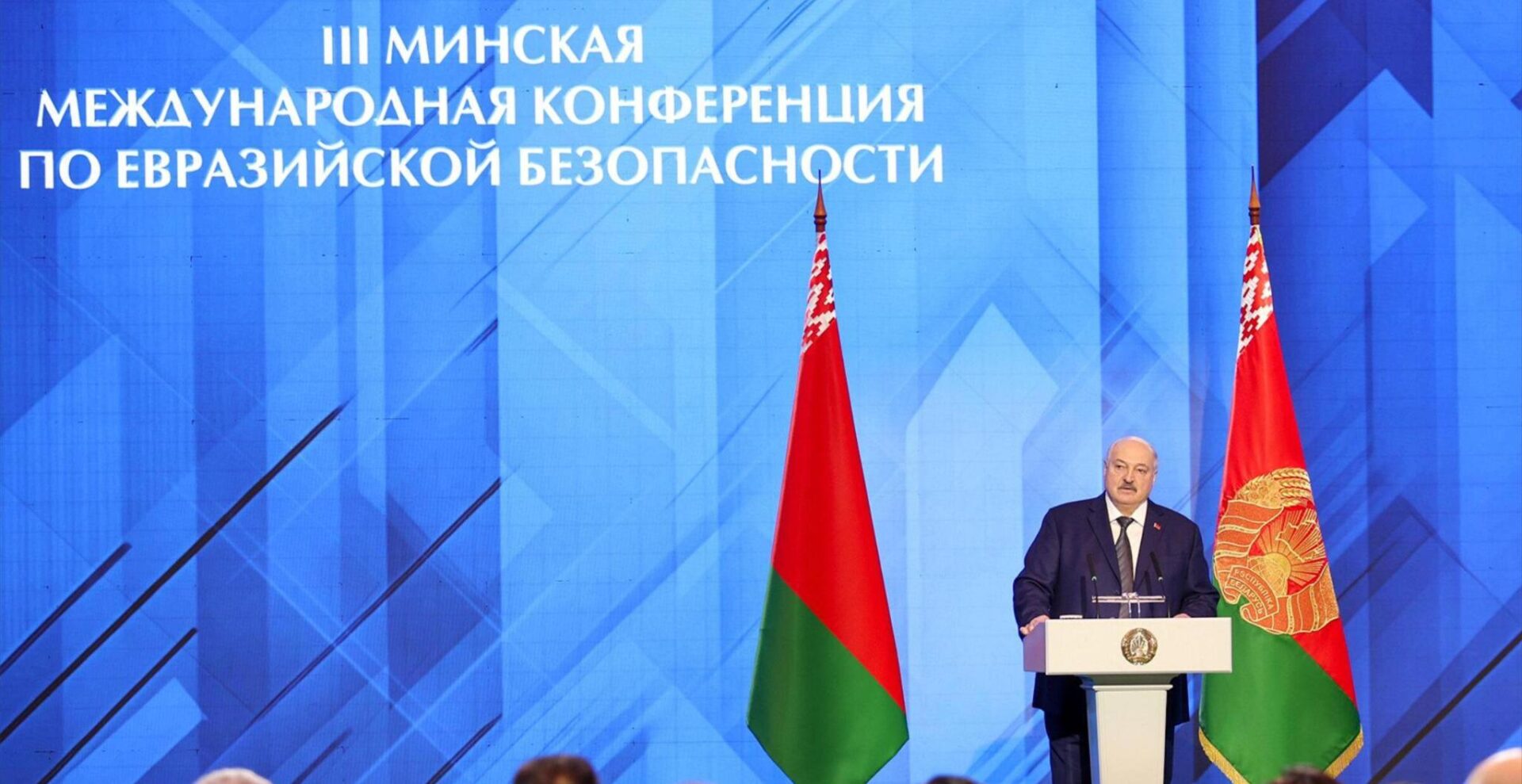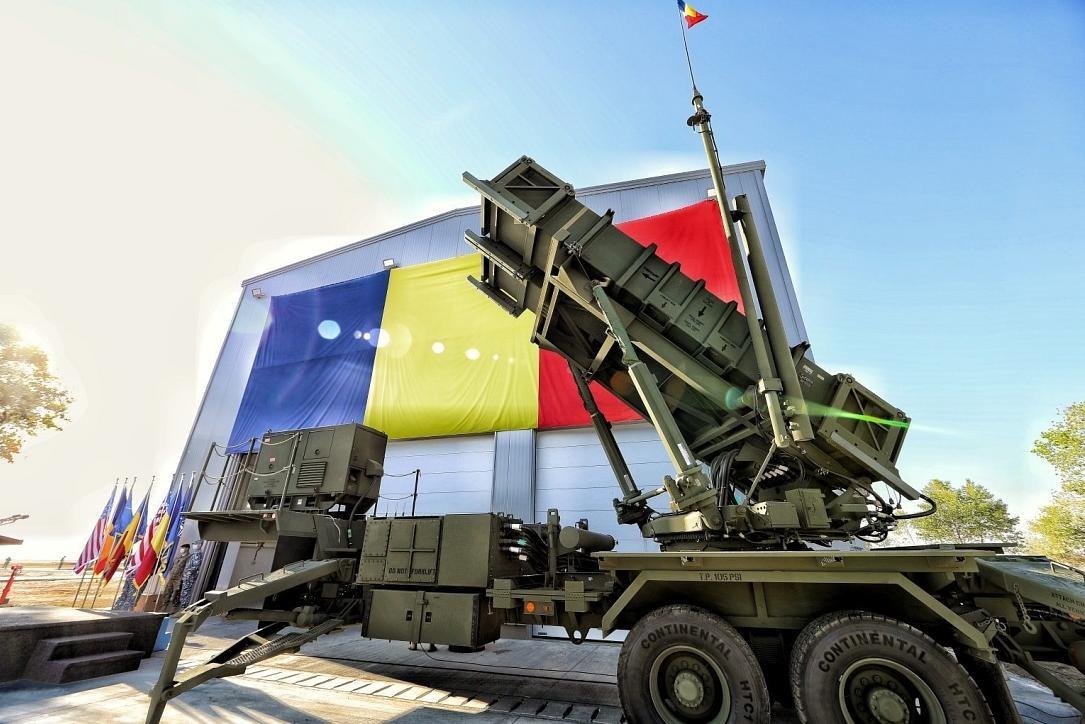IMF STUDY HIGHLIGHTS WESTERN DONOR PRAISE FOR ARMENIAN REFORMS
IMF STUDY HIGHLIGHTS WESTERN DONOR PRAISE FOR ARMENIAN REFORMS
The Armenian authorities’ economic policies have received another Western endorsement with the publication of extensive research conducted by a group of economists from the International Monetary Fund. In a research paper unveiled on December 6, they describe as “impressive” Armenia’s decade-long economic growth and offered a generally positive outlook for its medium-term development prospects.
The 100-page paper is arguably the most comprehensive study of the macroeconomic situation in the struggling South Caucasus state ever conducted in the West. It makes an in-depth analysis of key factors behind the Armenian growth, which has drawn conflicting explanations from local and foreign economists. The growth’s impact on living standards has been a matter of even more serious contention, with many Armenians dismissing official macroeconomic statistics as irrelevant to their lives.
Western lending institutions and governments take a more positive view, and the IMF study is a vivid example of that. “Despite geographical isolation, trade blockades, and occasional political upheaval, Armenia’s economic performance during the past four years has been remarkable,” it concludes. “Growth has averaged nearly 12% [since 2001] and poverty has fallen. The country has become a reform leader among CIS countries.”
Members of the research group, led by Enrique Gelbard, a senior IMF official, believe that Armenia is finally bearing the fruits of the painful free market reforms of the 1990s. The reforms could have hardly begun in more severe conditions, coinciding with the wars in Karabakh and elsewhere in the South Caucasus and the resulting closure of the landlocked country’s traditional trade routes. Armenia’s GDP shrunk by half in 1992-93 and hundreds of thousands of its residents emigrated in search of employment abroad. A May 1994 ceasefire agreement with Azerbaijan that stopped the Karabakh war enabled the Armenian economy to begin a slow but steady recovery. The process accelerated in 2000, with GDP now on track to increase at a double-digit rate for a fifth consecutive year.
The IMF experts attribute the growth to a “combination of well-sequenced reforms and persistent commitment to macroeconomic stability.” “Key reforms include the liberalization of prices, trade, investment, and the foreign exchange regime; privatization; deregulation; creation of an independent central bank; and the reduction of fiscal and quasi-fiscal imbalances,” they write.
Those reforms have also drawn accolades from other Western donors like the World Bank and the European Bank for Reconstruction and Development. The EBRD, for example, regularly rates the ex-communist countries of Eastern Europe and the former Soviet Union on nine specific indicators of economic reform, including privatization, enterprise restructuring, and price liberalization. Its latest Transition Report released on November 14, gave Armenia the highest indicator scores in the Commonwealth of Independent States. The Armenian economy has also been repeatedly rated as the most liberal in the CIS in annual surveys of economic freedom jointly conducted by the U.S. Heritage Foundation and the Wall Street Journal.
However, Armenia is far from being a CIS leader when it comes to living standards. So steep was its economic decline in the early 1990s that most Armenians are only now beginning to feel benefits of the robust growth. The Armenian government says the proportion of people living below the official poverty line dipped from 56% in 1999 to 32% in 2003. There is also strong anecdotal evidence of increased prosperity: skyrocketing real estate prices, a growing number of cars, shops, and other small businesses.
But paradoxically, there are no indications that the number one social problem, unemployment, has been significantly alleviated. The unemployment rate may still be as high as 30%, and finding a decent job remains extremely difficult, especially for young educated people. The problem is also highlighted by the plight of those people who have returned to Armenia from emigration in recent years. Migration experts said at a seminar in Yerevan on December 13 that many of the returnees are struggling to earn a living.
Many in Armenia believe that the growth has primarily benefited the wealthiest citizens that continue to avoid taxes. The government’s tax revenues will make up only 16% of GDP this year, one of the lowest indicators in the former Soviet Union. That translates into still-modest government expenditures on education, healthcare, and public services.
The IMF study acknowledges that the “disappointing” tax collection is one of the main economic problems facing Armenia. It also forecasts that the economic expansion will slow down and average between 6% and 8% in the next five years, assuming that the Karabakh conflict will remain unresolved. According to the IMF economists, even these single-digit rates should allow Armenia to become “one of the few low-income countries to achieve the [UN] Millennium Development Goals within the next 10 years.” But they caution that further growth is contingent on more reforms that will facilitate business access to cheap credit, improve tax and customs administration, and reduce corruption in the government and judicial system.
The IMF study also points out that that the country cannot realize its economic potential in full without open borders with Azerbaijan and especially Turkey. “Armenia’s economic potential lies with an export-led development growth process, and further integration with its neighbors and main trading partners should be a priority,” it says. “Such potential will only be realized when the artificial barriers to regional integration are removed.”
(“Growth And Poverty Reduction In Armenia: Achievements and Challenges,” Research Paper by IMF economists; Aravot, December 14; ArmeniaNow.com, December 9; RFE/RL Armenia Report, December 6, November 15)


